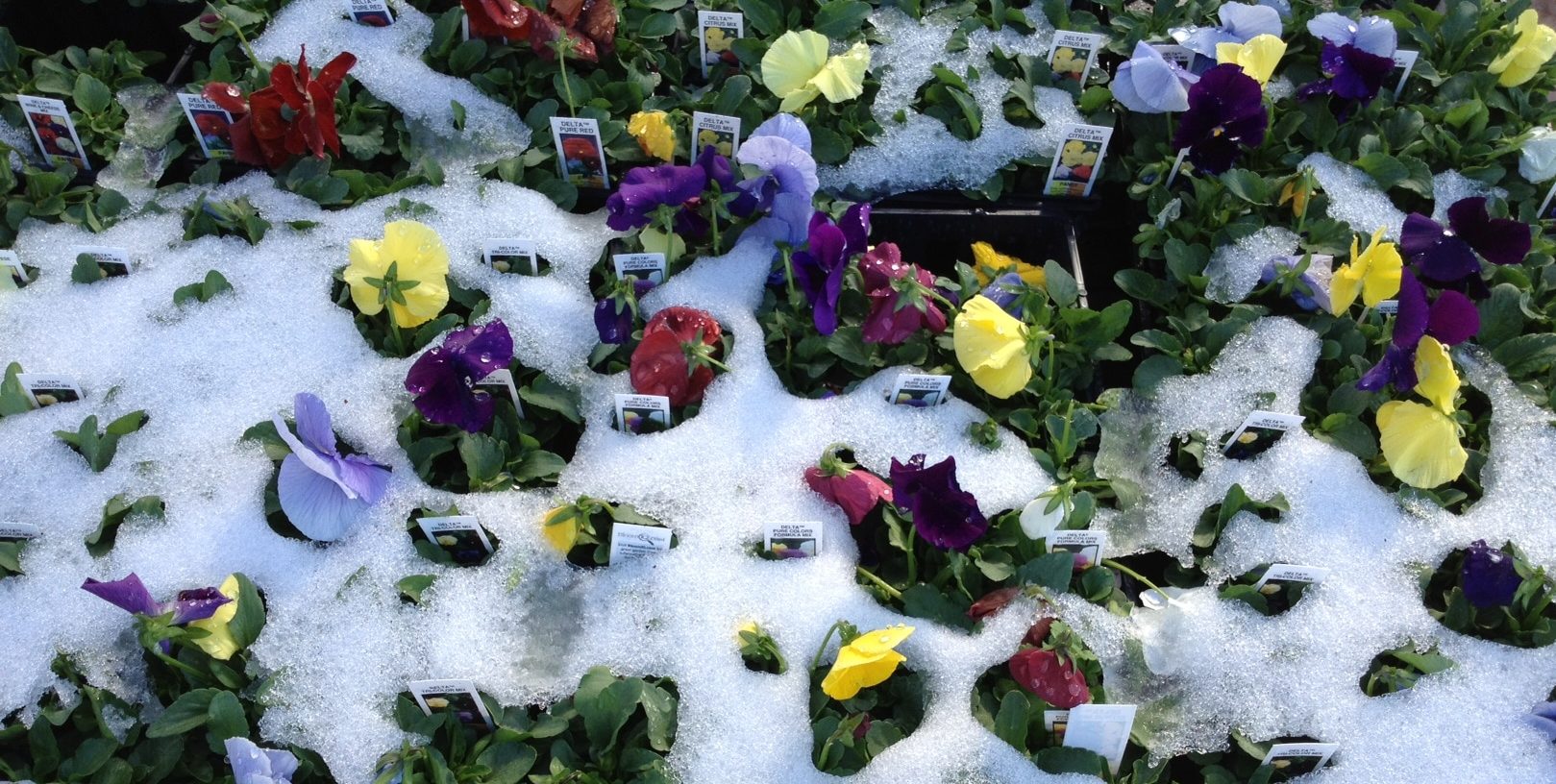As of the forecast Friday Sept. 4, be prepared for freezing temperatures and snow next Tuesday, Wednesday and Thursday Sept. 8-10. It is not the snow we are concerned about; it is the freezing temperatures. What does this mean for Colorado Gardeners?
Get Indoor plants ready to come inside. Acclimate indoor plants that have been outside all summer by moving them to a full shade location for a few days. This gets them ready for lower light conditions inside the house. Carefully lift the root ball and check for hitchhiking insects — ants, pill bugs and grasshoppers.
Outdoor annual flowers in pots and hanging baskets should be moved into the garage for several days if you would like to keep them going. 28 degrees on Wednesday night is a killing frost for most annuals. Moving the pots beside the house and covering with a sheet or frost blanket may offer some protection, but maybe not enough.
Warm season vegetables like tomatoes, peppers, squash and cucumbers with be vulnerable to frost damage as well. Move pots inside. Cover outside plants in the ground with sheets, frost blankets or upside-down trash cans. The ground will offer a little insulation and they may be spared, or they may not, depending upon just how cold it gets. Cool season vegetables such as lettuce, spinach, kale and root crops should be just fine.
Instead of covering tomatoes and some other vegetables to protect from frost, harvest any fruits showing color and they will continue to ripen in your home.
Most perennials will be OK with the freezing temperatures though it may burn the flowers. Snow accumulation may result in stem breakage that may be cleaned up after the storm.
Heavy, wet snows in the late spring or early autumn are common in Colorado. Trees, shrubs and perennials are caught in full leaf or just at the peak of bloom. These “limb-breaker” storms cause severe damage that leaves permanent scars and tends to keep trees to smaller-than-normal size. Knock the snow off the branches if possible, to lessen breakage.
The real killers, however, are the infrequent but rapid changes from warm, balmy weather to cold, freezing temperatures. Such freeze injury leaves crippling marks on trees and shrubs for years and serves to eliminate many plants with borderline hardiness.

